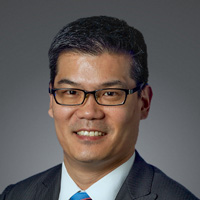
Heeteak Chung, PhD
Program Director/Director of Medical Physics

Andrew Morrow, MS, DABR
Associate Program Director, Associate Director of Medical Physics – Central Texas, Senior Physicist

Steven McCullough, PhD
Associate Director of Physics – Northern Texas
